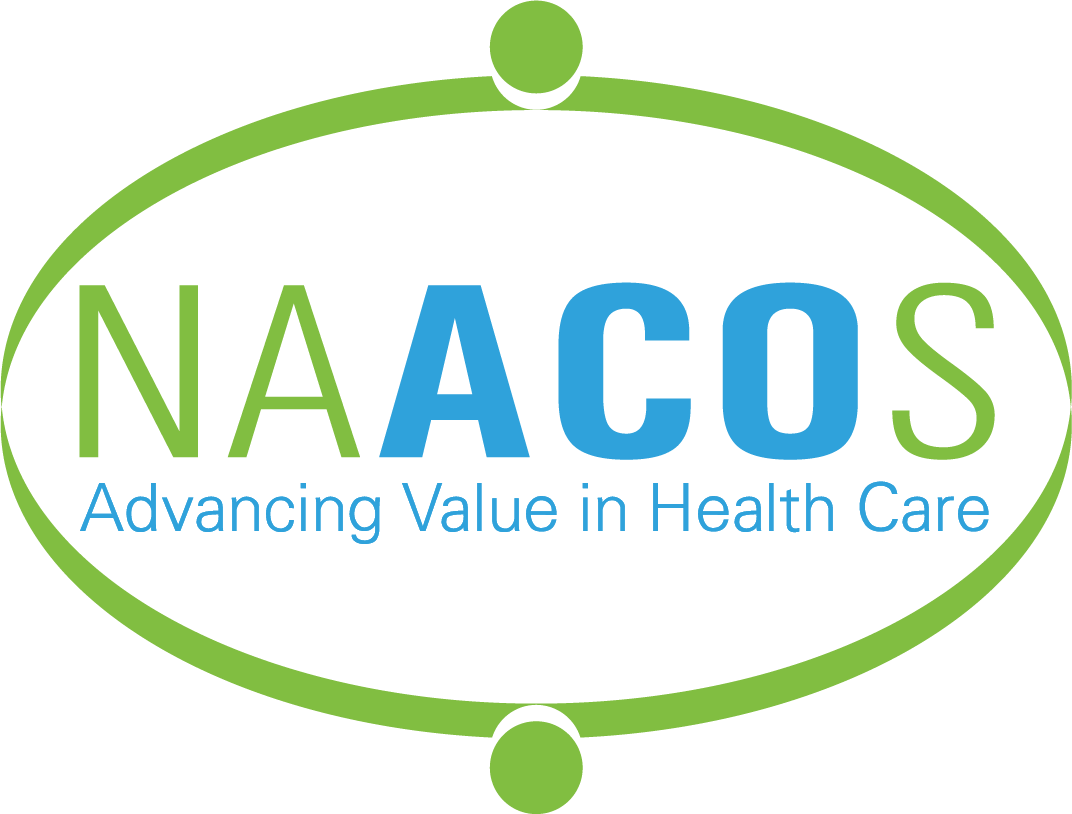Bringing Value-Based Care to Rural and Underserved Communities
January 22, 2024
Highlights
- Policymakers must recognize the unique payment arrangements of safety-net providers in order to better serve rural and underserved patients through value-based care.
- CMS should modify its APMs through the use of waivers specific to safety-net providers or develop new ACO tracks/total cost of care models focused on rural and underserved populations.
- NAACOS convened members and presented our collective recommendations to CMS in a letter earlier this month.
By National Association of ACOs
More than 100 million Americans live in a medically underserved community, according to the Health Resources and Services Administration. About 15 percent of the country lives in a rural area. Patients in underserved and rural areas inherently face greater challenges in seeking and receiving medical care. When they do, these patients tend to be sicker and face social challenges such as having a harder time getting to and from appointments.
These patients can be helped by value-based care, which places more emphasis on meeting patients’ needs and providing better outcomes and higher quality care. Yet the providers who care for these patients, including Federally Qualified Health Centers (FQHCs), Rural Health Clinics (RHCs), and Critical Access Hospitals (CAHs), face barriers in their participation in alternative payment models (APMs).
Safety-net providers are reimbursed differently than traditional doctors’ offices and hospitals. Payments to FQHCs are based on a per-service national rate. RHCs have a similar all-inclusive rate. CAHs are reimbursed for the cost to deliver services. These payment systems make it fundamentally challenging to participate in a model where providers are held accountable for all of patients’ spending and quality outcomes over the course of a year. To better serve rural and underserved patients through value-based care, we need to recognize the unique payment arrangements for the providers that serve these patients.
Despite these challenges, safety-net providers today participate in Medicare APMs in large droves. More than 4,400 FQHCs, 2,200 RHCs, and 460 CAHs participate in the Medicare Shared Savings Program (MSSP) or ACO REACH, the CMS Innovation Center’s largest accountable care organization model. These safety-net providers have been a valuable contributor to the care improvements and more than $22 billion in savings generated by ACOs to date. Those contributions are admirable given the barriers to their participation.
NAACOS convened a group of its members serving rural and underserved communities to craft a thorough set of recommendations for how CMS can lower these barriers for safety-net providers. If CMS is to achieve its goal to have all patients in an accountable care relationship by 2030 and improve health equity, it must bring aboard these types of providers.
In a letter to CMS, NAACOS recommends a paradigm where safety-net-minded APMs focus on increasing or maintaining access rather than purely reducing costs. CMS should modify its APMs through the use of waivers specific to safety-net providers or develop new ACO tracks/total cost of care models focused on rural and underserved populations to account for the fundamental differences they encounter.
Below are highlights of our letter:
- Consider a global budget or prospective population-based payment for safety-net providers, which provides needed stable and predictable payment.
- Lower discounts or minimum savings rate for rural providers in risk-bearing models.
- Adapt risk adjustment policies to not disadvantage sicker populations, including providing for considerations for the lack of historical coding by increasing risk caps for rural populations or beneficiaries without historical access to care.
- Account for social risk leveraging existing tools such as regionally adjusted Area Deprivation Index, dual-eligible, and disabled status.
- Waive the current one-visit, one-service requirement for FQHCs and RHCs. This would allow clinicians to offer multiple care management services to patients in a single visit, eliminating the need for patients to make multiple visits, which can be difficult and time consuming.
- Remove face-to-face billing requirements for certain services like annual wellness visits. This would allow clinicians with an established patient relationship to provide virtual care as needed.
- Incentivize specialized chronic care support in the form of new codes, flexibilities, and higher reimbursement for those care management services. Alternatively, these codes could be carved out of safety-net providers’ respective reimbursement systems but included in the ACO expenditures.
- Develop unique attribution steps for safety-net providers in ACOs, including FQHCs and RHCs, for example, by creating workarounds for the statutorily required physician-visit.
- Pilot test quality reporting approaches for ACOs and other APMs to address current implementation challenges with digital quality measurement that could impact access and the delivery of care to rural and underserved populations.
- Offer waivers that address the needs of safety-net providers, for example by making it easier to provide the Hospital at Home program to and improve telehealth access comparable to the COVID-19 public health emergency flexibilities.
Population-based payment models reward better care management and lower cost of care for patients, so they need appropriate incentives and rewards which are difficult to provide by these payment arrangements for safety-net providers.
